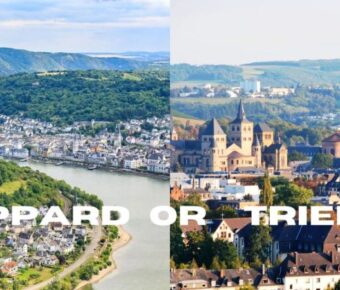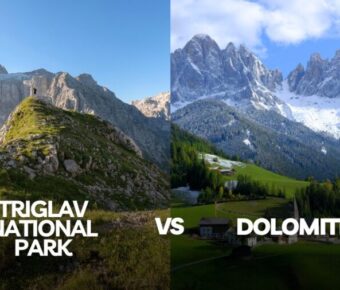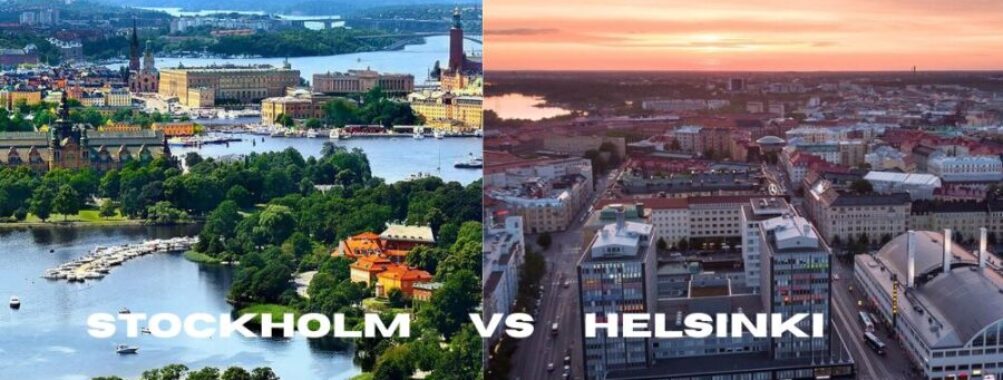
Stockholm vs Helsinki: Which Nordic Capital Offers the Best Winter Experience in 2025
Stockholm and Helsinki are two enchanting Nordic capitals, each with its own distinct personality and charm. These beautiful cities blend modern innovation with rich cultural heritage, making them both worthy destinations for travelers seeking a taste of Scandinavian life.
Between Stockholm and Helsinki, Stockholm tends to be more expensive but offers a wider range of museums and cultural attractions, while Helsinki provides better value for budget-conscious travelers and features a more laid-back atmosphere. Both cities showcase stunning architecture, waterfront views, and friendly locals who speak excellent English.
The two capitals share many similarities as Nordic urban centers, yet their unique characteristics set them apart. Stockholm spreads across 14 islands with its medieval Gamla Stan district and world-class museums, while Helsinki charms visitors with its design district, fresh food markets, and blend of Russian and Nordic influences.
Contents
- Geographical Overview and Population
- Location in the Nordics
- City Area and Density
- Cultural Insights
- Museums and History
- Design and Architecture
- Music and Arts Scene
- Historical Attractions
- Old Towns and Palaces
- Historical Landmarks
- Outdoor and Leisure Activities
- Parks and Green Spaces
- Islands and Day Trips
- Summer and Winter Activities
- Food and Culinary Tradition
- Local Cuisine and Dining
- Cafés and Fika Culture
- Markets and Street Food
- Transportation and Accessibility
- Public Transportation Systems
- Cycling and Walkability
- Airport Access and International Travel
- Living Experience and Lifestyle
- Housing and Cost of Living
- Education and Work Life Balance
- Sustainability and Environment
- Frequently Asked Questions
- What are the cost of living differences between Helsinki and Stockholm?
- Which city should one choose to live in, Stockholm or Helsinki, based on quality of life?
- Regarding travel experiences, is Stockholm or Helsinki considered a better destination?
- How does the climate compare between Helsinki and Stockholm throughout the year?
- Can one take a ferry between Stockholm and Helsinki, and what should travelers expect from the journey?
- How do Stockholm and Helsinki differ in their cultural attractions and activities?
- More Travel Guides
Geographical Overview and Population
Stockholm and Helsinki are two prominent Nordic capitals situated around the Baltic Sea with notable differences in their size and population density. Each city has grown to reflect their unique maritime locations and urban development patterns.
Location in the Nordics
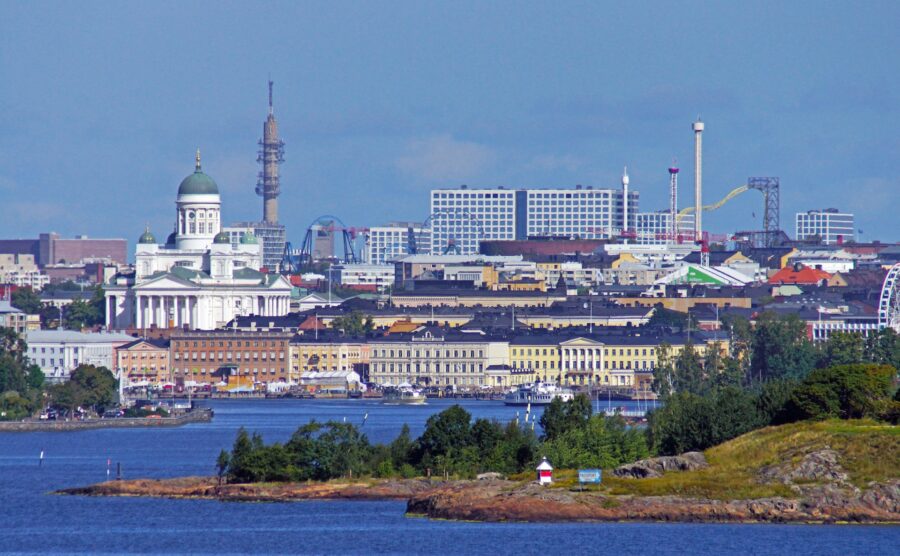
Stockholm spreads across 14 islands on Sweden’s eastern coast, forming a beautiful archipelago where Lake Mälaren meets the Baltic Sea. The city’s island structure creates natural waterways that divide different neighborhoods while connecting them through a network of bridges.
Helsinki sits on a peninsula in southern Finland, stretching into the Gulf of Finland. The city’s position makes it the northernmost capital in the European Union. Its coastal location has shaped its growth and development as a major maritime hub.
City Area and Density
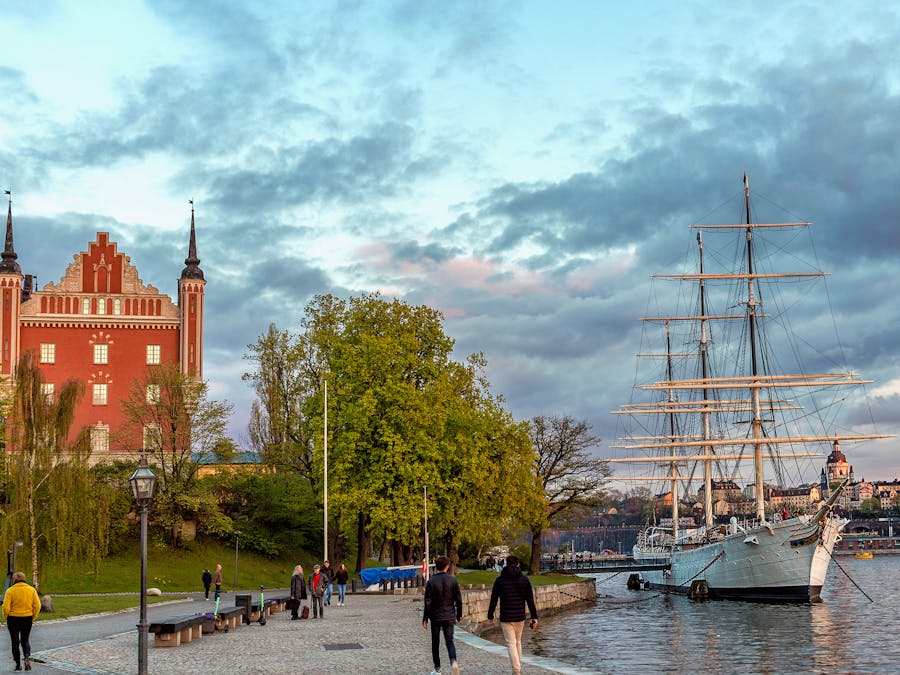
The population patterns between these cities show interesting contrasts. Stockholm is home to about 972,000 people within its 188 square kilometers, creating a dense urban environment of over 4,600 people per square kilometer.
Helsinki takes up more space at 213 square kilometers but houses fewer people – around 648,000 residents. This creates a more spread-out feel with about 840 people per square kilometer.
The different density patterns affect daily life in each city. Stockholm’s compact layout makes it very walkable, while Helsinki’s broader spread gives it more room for parks and green spaces.
Both cities continue to grow, with their metropolitan areas extending well beyond the official city limits. These wider urban regions include several smaller municipalities and suburbs that form vital parts of each capital’s daily life.
Cultural Insights
Both capitals showcase rich Nordic heritage through world-class museums, cutting-edge design, and vibrant arts scenes that blend tradition with innovation. Each city brings its own distinct cultural flavor while sharing a deep appreciation for creativity and craftsmanship.
Museums and History
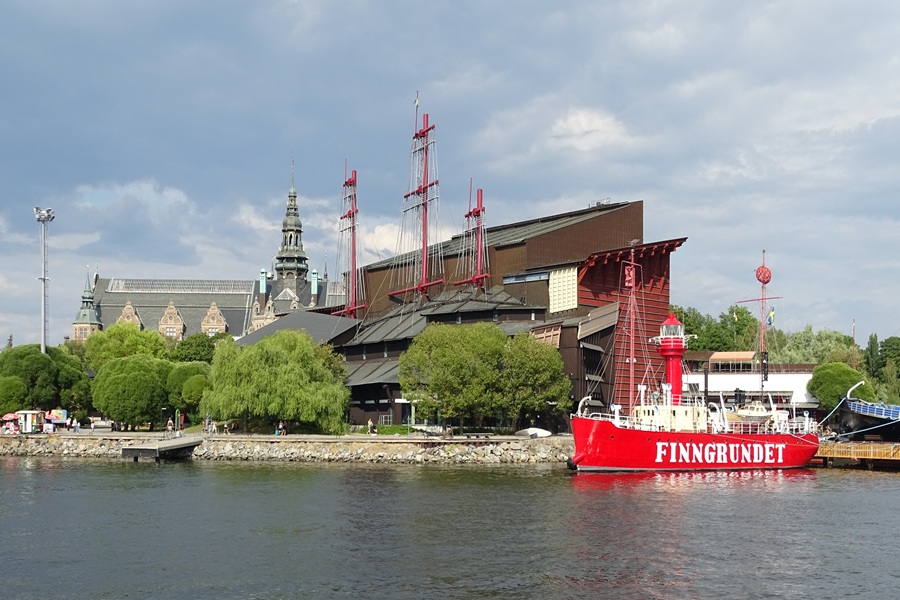
The Vasa Museum stands as Stockholm’s crown jewel, housing a massive 17th-century warship that sank on its maiden voyage. This remarkably preserved vessel tells fascinating stories of Swedish naval history and life in the 1600s.
The ABBA Museum offers a fun, interactive journey through Sweden’s pop music legacy. Dance in virtual concerts and try on digital costumes alongside life-size holograms of the band members.
Helsinki’s Kiasma presents bold contemporary art exhibitions in a striking architectural setting. The newly renovated Amos Rex wows visitors with its unique underground galleries and futuristic domed skylights that pop up through the city square.
Design and Architecture
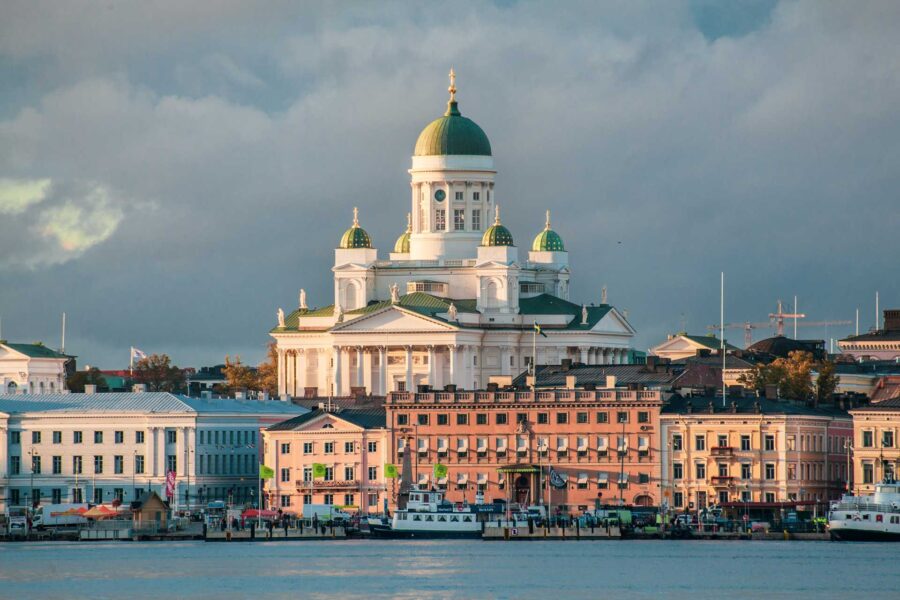
Helsinki’s Design District spans 25 streets packed with boutiques, galleries, and workshops. The area showcases Finnish design’s clean lines and functional beauty. Designmuseo presents the evolution of Finnish design from traditional crafts to modern innovations.
Stockholm mixes old and new architecture seamlessly. Gamla Stan’s medieval alleyways contrast with sleek modern buildings. The city’s metro stations double as the world’s longest art gallery, with unique designs in each stop.
The Helsinki Cathedral’s bright white walls and green domes define the city’s skyline. The Rock Church, carved into solid stone, demonstrates Finnish architectural creativity.
Music and Arts Scene
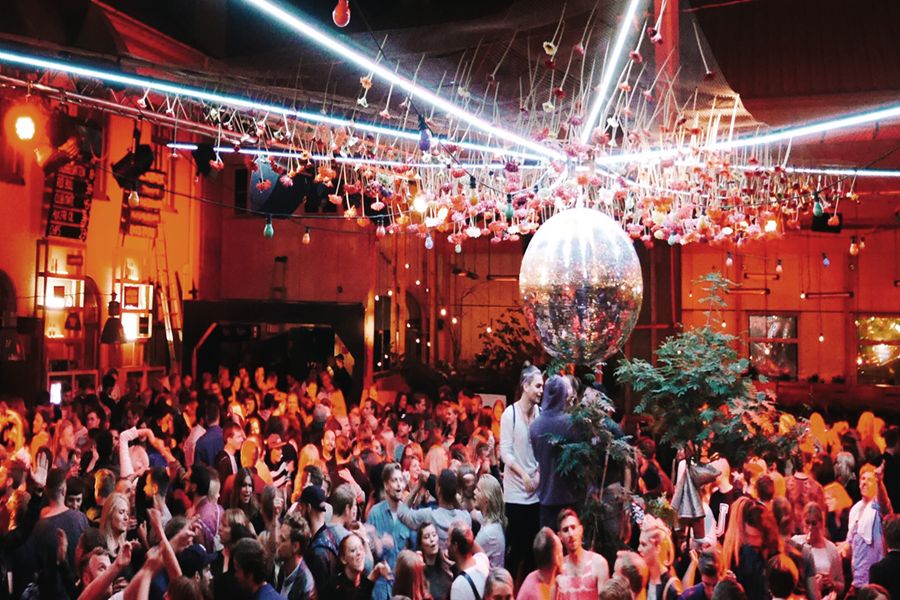
Stockholm hosts frequent classical concerts in historic venues like the Royal Opera House. The city’s music scene ranges from indie rock clubs in Södermalm to jazz bars in the old town.
Helsinki’s Temppeliaukio Church doubles as a concert hall with amazing acoustics. The city comes alive during the Flow Festival, bringing international artists to perform in a former power plant.
Street art brightens both cities’ walls. Stockholm’s Södermalm neighborhood features colorful murals, while Helsinki’s Suvilahti area transforms industrial spaces into outdoor galleries.
Historical Attractions
Both Nordic capitals shine with remarkable historical sites that tell fascinating stories from centuries past. Ancient fortresses, grand palaces, and carefully preserved old towns give visitors a peek into the rich heritage of these cities.
Old Towns and Palaces
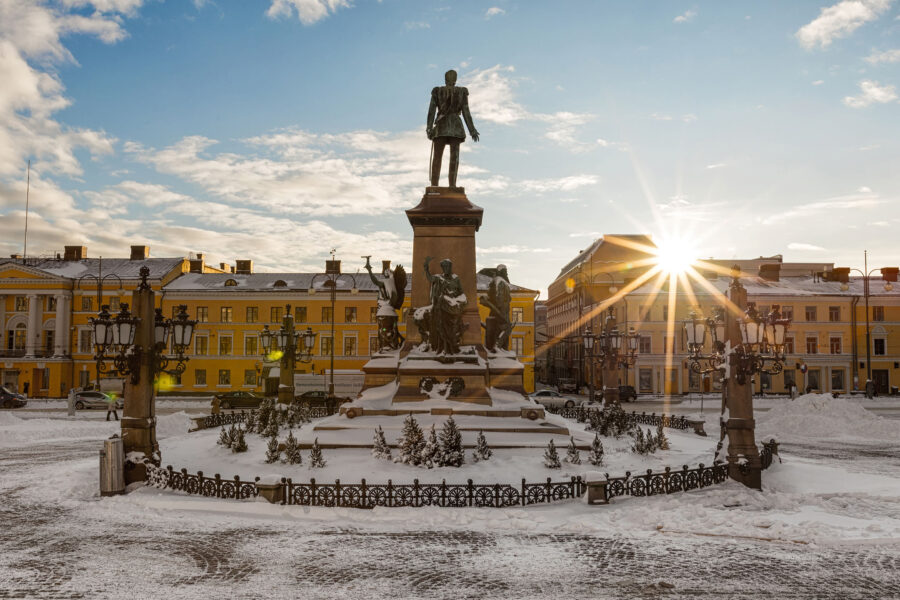
Stockholm’s Gamla Stan ranks as one of Europe’s best-preserved medieval city centers. Its narrow, winding cobblestone streets lead to charming squares and buildings painted in warm yellow and orange hues. The impressive Royal Palace sits at the heart of Gamla Stan, with over 600 rooms and five museums inside.
Helsinki’s Senate Square and the surrounding Historic Old Town showcase beautiful neoclassical architecture. The area features stunning buildings designed by Carl Ludvig Engel in the early 1800s.
Historical Landmarks
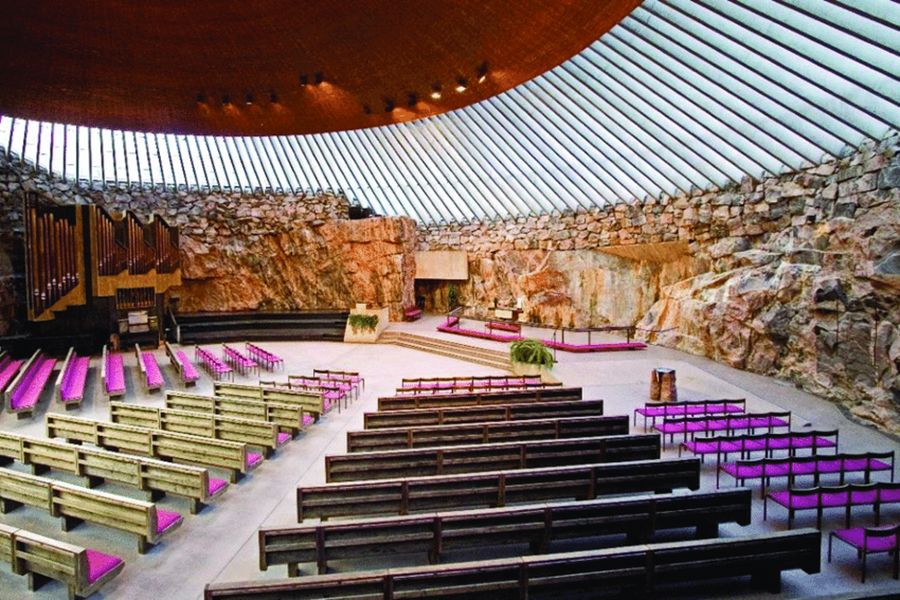
Suomenlinna, a UNESCO World Heritage site near Helsinki, stands as one of the world’s largest sea fortresses. Built in the 1700s, its massive walls and tunnels spread across eight connected islands.
Stockholm’s Vasa Museum houses an almost fully intact warship from 1628. The massive vessel sank on its maiden voyage and was preserved in the cold Baltic waters for over 300 years.
The white Helsinki Cathedral dominates the city skyline with its bright green domes. This Lutheran church welcomes thousands of visitors each year to admire its neoclassical design.
The unique Temppeliaukio Church in Helsinki was carved directly into solid rock. Its copper dome and natural rock walls create an unforgettable sight.
Outdoor and Leisure Activities
Both Stockholm and Helsinki offer amazing outdoor spaces where nature meets city life. The mix of urban parks, island getaways, and seasonal activities creates perfect spots for relaxation and adventure.
Parks and Green Spaces
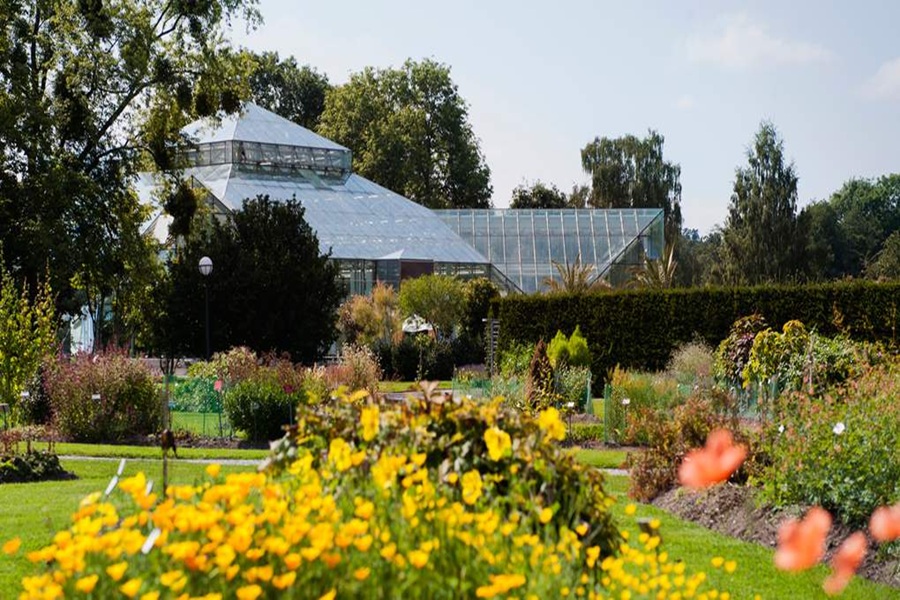
Stockholm’s Royal National City Park spans 27 square kilometers. This green oasis connects several districts and offers walking trails, bike paths, and peaceful gardens. The historic Djurgården area stands out with its mix of museums and nature spots.
Helsinki’s Central Park stretches over 10 kilometers through the city center. Its dense forests and winding trails feel worlds away from city life. The Töölönlahti Bay area features walking paths around a scenic lake, perfect for morning jogs or afternoon strolls.
Both cities maintain botanical gardens. Stockholm’s Bergius Botanic Garden showcases exotic plants in beautiful greenhouse settings. Helsinki’s Kaisaniemi Botanical Garden houses rare plant species and offers quiet spots for reading or picnics.
Islands and Day Trips

Stockholm’s archipelago contains over 30,000 islands. Many are perfect for island hopping adventures. Vaxholm, just an hour from the city, offers historic fortresses and charming cafes.
The Helsinki archipelago features hundreds of islands. Suomenlinna, a UNESCO World Heritage site, draws visitors with its military history and picturesque walking paths.
Seurasaari Open-Air Museum shows traditional Finnish life on a peaceful forested island. Nuuksio National Park, just outside Helsinki, provides hiking trails and spots for berry picking.
Summer and Winter Activities
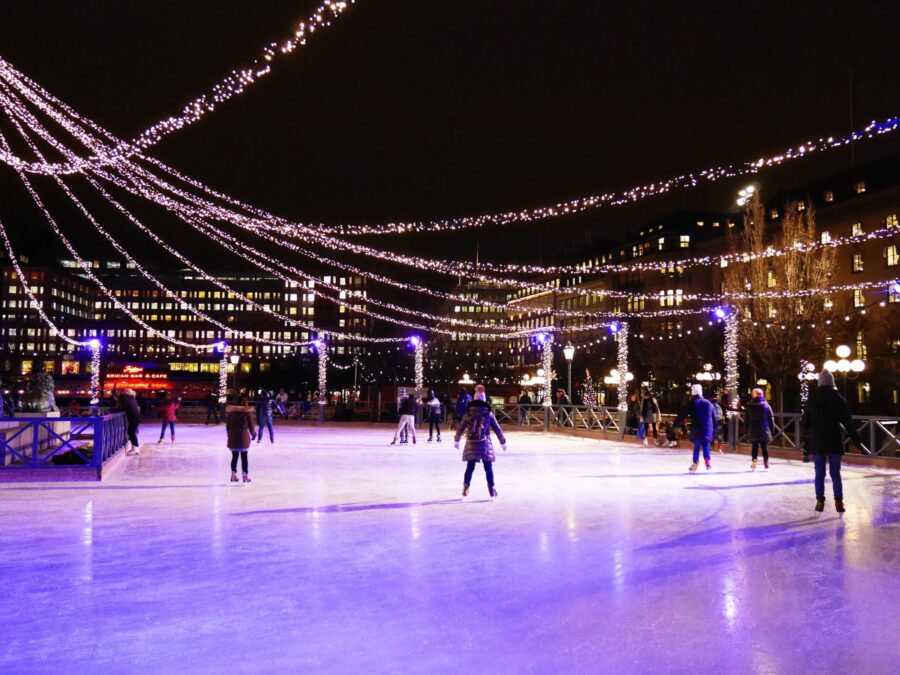
Summer brings endless daylight to both cities. Stockholm’s parks fill with picnickers and sunbathers. Kayaking between islands becomes a popular activity in both capitals.
Winter transforms these cities into snowy wonderlands. Helsinki’s frozen Baltic Sea creates perfect conditions for ice skating. Cross-country skiing trails appear throughout both cities’ parks.
Stockholm offers indoor ice skating at Kungsträdgården. Helsinki’s winter swimming clubs keep traditions alive with ice holes for brave swimmers.
The northern lights sometimes appear over Helsinki during winter months. Both cities embrace the cold with winter festivals and outdoor markets.
Food and Culinary Tradition
Both Stockholm and Helsinki offer unique dining experiences shaped by their Nordic heritage and coastal locations. The cities embrace fresh, local ingredients while putting their own distinctive spin on traditional dishes.
Local Cuisine and Dining

Stockholm’s dining scene centers around fresh seafood and iconic Swedish dishes. The city’s restaurants serve up plenty of pickled herring, gravlax, and those famous Swedish meatballs in lingonberry sauce. Many upscale spots offer modern takes on these classics.
Helsinki’s food culture mixes Finnish traditions with Russian influences. You’ll find lots of grilled sausages, fresh fish, and hearty stews. Local spots serve reindeer, wild mushrooms, and Baltic herring prepared in creative ways.
Both cities take pride in using seasonal ingredients. Fish markets and food halls give you a taste of local life.
Cafés and Fika Culture

Stockholm lives for fika – the daily coffee and cake ritual. Cozy cafés serve fresh-baked cinnamon buns, cardamom rolls, and strong coffee. Many spots have outdoor seating for sunny days.
Helsinki’s café scene mixes old and new. Traditional coffee houses serve Finnish pastries like pulla sweet bread. Modern spots offer artisanal coffee and fresh-baked treats.
Coffee quality is top-notch in both cities. The Nordics drink more coffee per person than almost anywhere else in the world.
Markets and Street Food

Stockholm’s Östermalm Food Hall houses vendors selling Swedish specialties and prepared foods. The outdoor Hötorgshallen market offers fresh produce and local treats.
Helsinki’s historic Old Market Hall sits right by the harbor. Vendors sell Finnish foods like smoked fish, reindeer meat, and karjalanpiirakka rice pies.
Food trucks and street stalls pop up in both cities during summer. They serve everything from hot dogs to seafood soup.
Local markets give you the perfect chance to try regional specialties and chat with vendors about traditional foods.
Transportation and Accessibility
Getting around both Nordic capitals is simple and efficient with extensive public transit networks, bike-friendly streets, and good international connections. Both cities make it easy to explore without a car, though each has its own unique transport features.
Public Transportation Systems
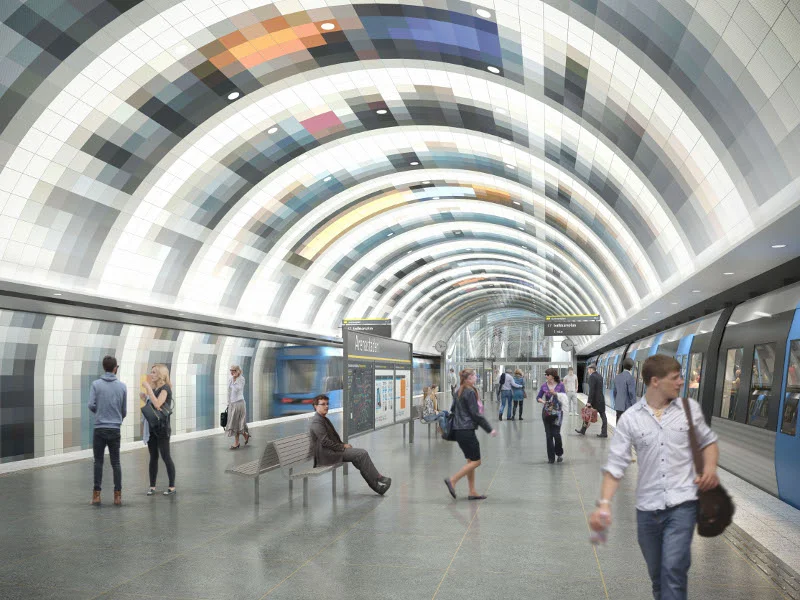
Stockholm’s metro system stands out with its artistic subway stations, often called the world’s longest art gallery. The city runs frequent trains, buses, and ferries with a unified ticket system. Single tickets cost about $4, while 24-hour passes run around $11.
Helsinki’s public transport combines trams, buses, metro lines, and ferries. The system is more compact than Stockholm’s but very reliable. Tickets are cheaper here, with single rides around $3 and day passes at $9.
Both cities offer transport cards for tourists that include unlimited rides. These cards work across all transport types, making them great value for exploring.
Cycling and Walkability
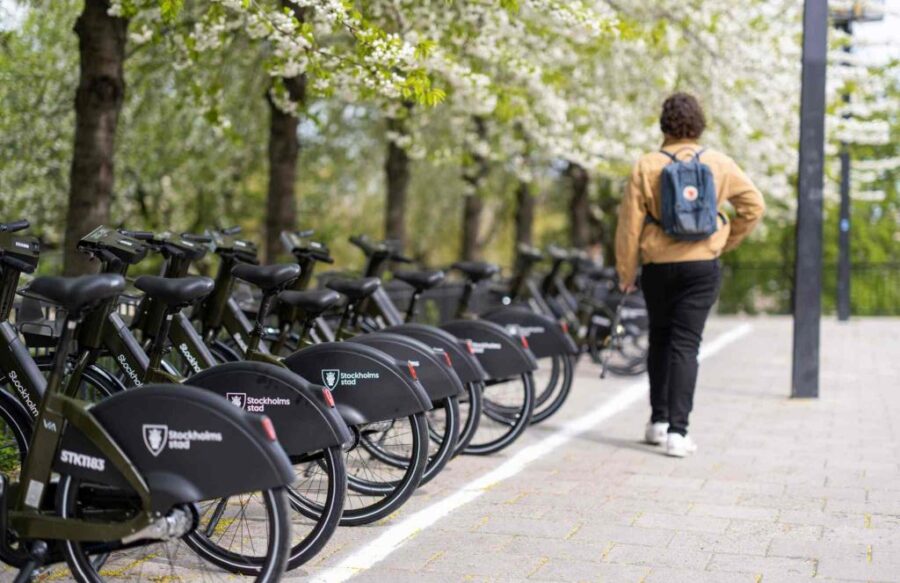
Stockholm spreads across 14 islands, connected by bridges and ferries. The city maintains dedicated bike lanes and offers city bikes for rent from April to October. Many hotels provide free bicycle loans to guests.
Helsinki’s compact size makes it perfect for walking and cycling. The city center spans just 4 square kilometers. City Bikes are available from April through October, with over 350 bike stations across the city.
Both cities keep their bike paths clear even in winter, though cycling drops during the coldest months. Pedestrian areas in both city centers are well-maintained and safe.
Airport Access and International Travel
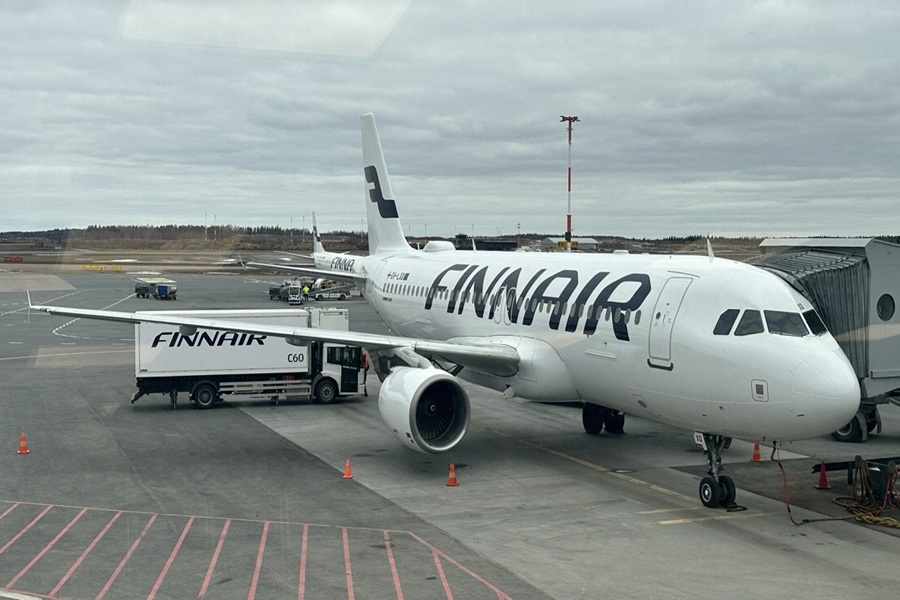
Search Flights to either city is straightforward with good international connections. Stockholm’s Arlanda Airport sits 40km from the city, with express trains making the trip in 20 minutes.
Helsinki Airport is closer at 18km from downtown. The Ring Rail Line connects it to the city center in about 30 minutes. Bus options are available at both airports, though they take longer than trains.
Both airports serve as major hubs for their national carriers – SAS in Stockholm and Finnair in Helsinki. They offer extensive connections across Europe and Asia.
Living Experience and Lifestyle
Stockholm and Helsinki offer distinct living experiences shaped by their unique Nordic cultures, urban planning, and social systems. Both cities prioritize quality of life through excellent public services, green spaces, and work-life balance.
Housing and Cost of Living
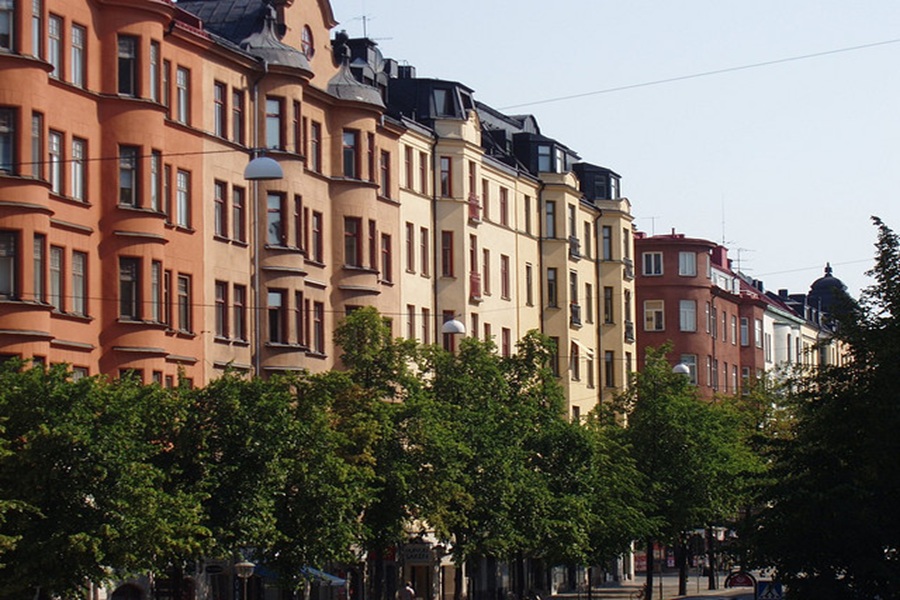
Living costs in Helsinki run about 3% lower than Stockholm, with the biggest difference in housing expenses. Stockholm’s rental prices are nearly 30% higher than Helsinki’s.
A typical one-bedroom apartment in central Helsinki costs around €1,200 monthly, while Stockholm averages 9,500 SEK (€850) for similar accommodations.
Both cities feature stunning Scandinavian design in their architecture and interiors. IKEA’s influence is strong in Stockholm, while Helsinki showcases more Finnish brands like Marimekko and Iittala.
Grocery prices tend to be lower in Stockholm by about 7%, though restaurant dining costs less in the Swedish capital by roughly 10%.
Education and Work Life Balance
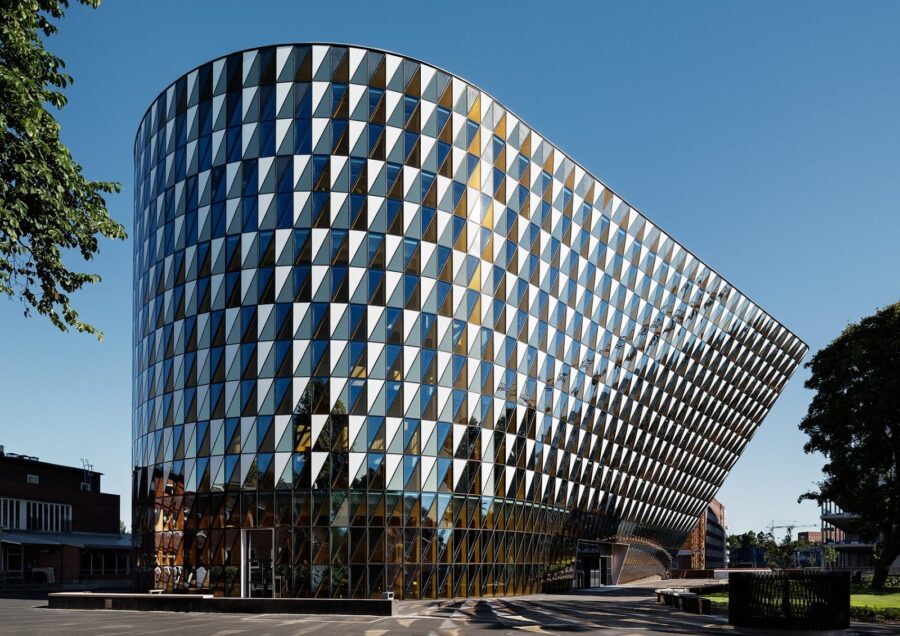
Both cities boast world-class education systems with free university options for residents. Schools emphasize creative thinking and practical skills over traditional testing.
Finnish workers typically enjoy 5 weeks of paid vacation yearly, while Swedish employees receive about 6 weeks. Both countries protect work-life balance through strong labor laws.
Remote work is common and well-supported in both cities, with excellent internet infrastructure and many co-working spaces.
Sustainability and Environment
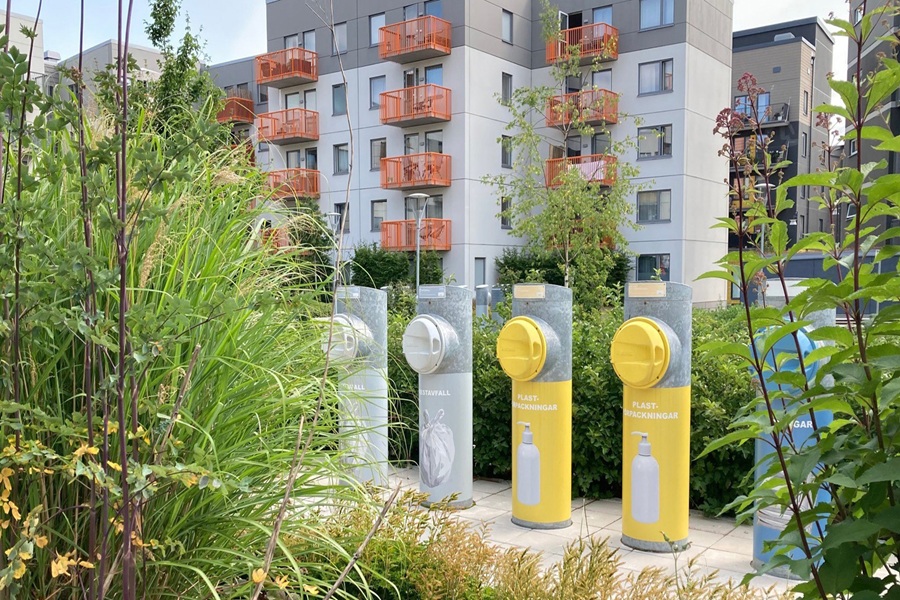
Helsinki aims to become carbon neutral by 2030, while Stockholm targets 2040. Both cities lead in green initiatives and sustainable urban planning.
Public transport runs mainly on renewable energy in both capitals. Cycling infrastructure is more developed in Stockholm, with over 760 km of bike lanes.
Both cities maintain extensive parks and green spaces. Stockholm’s archipelago offers more islands and waterways, while Helsinki’s compact design makes nature easily accessible from the city center.
Smart waste management systems and efficient district heating help reduce environmental impact in both locations.
Frequently Asked Questions
Stockholm and Helsinki each offer unique advantages for both travelers and residents, from cultural attractions to living costs and transportation options between these Nordic capitals.
What are the cost of living differences between Helsinki and Stockholm?
Helsinki tends to be slightly cheaper than Stockholm for most everyday expenses. Food, housing, and public transport costs are a bit lower in the Finnish capital.
Dining out and entertainment prices run about 5-10% less in Helsinki compared to Stockholm. Both cities offer city cards that provide good value for tourists who plan to visit multiple attractions.
Which city should one choose to live in, Stockholm or Helsinki, based on quality of life?
Both cities rank among the world’s best for quality of life, with excellent healthcare, education, and public services. Stockholm offers more job opportunities in tech and startups.
Helsinki gets high marks for work-life balance and family-friendly policies. The city has shorter commute times and less crowded public spaces than Stockholm.
Regarding travel experiences, is Stockholm or Helsinki considered a better destination?
Stockholm spreads across 14 islands, creating a magical waterfront atmosphere with more historic architecture. The city excels in museums, with standouts like the Vasa Museum and ABBA Museum.
Helsinki shines with its design district, modern art scene, and unique blend of eastern and western influences. The compact city center makes it easy to explore on foot.
How does the climate compare between Helsinki and Stockholm throughout the year?
Stockholm enjoys slightly milder temperatures due to its more southern location. Winters average -3°C to 1°C, while summers reach 20-25°C.
Helsinki experiences colder winters, with temperatures often dropping below -5°C. Summer temperatures match Stockholm’s, but the season is shorter.
Can one take a ferry between Stockholm and Helsinki, and what should travelers expect from the journey?
Ferry services run daily between the two capitals, with the journey taking about 16 hours. Most ferries depart in the evening and arrive the next morning.
Ships offer various cabin classes, restaurants, entertainment, and shopping. The route through the archipelago provides beautiful views during daylight hours.
How do Stockholm and Helsinki differ in their cultural attractions and activities?
Stockholm emphasizes its royal heritage and maritime history. The city offers more traditional museums and historic sites, plus a vibrant food scene.
Helsinki focuses on modern design, contemporary art, and sauna culture. The city features unique attractions like the Rock Church and the Sibelius Monument.
